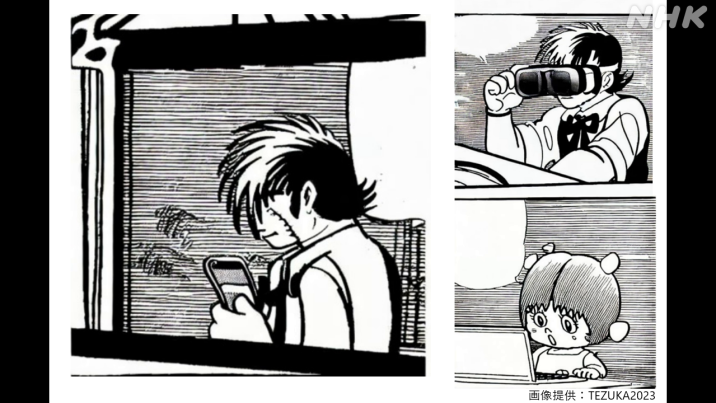Ask John: How Much Will AI Impact Anime?
Ask John:
With the upcoming Black Jack manga being “co-produced” by Artificial Intelligence, what role do you believe Artificial Intelligence will have in anime production? Especially considering that many Japanese creators are calling for regulation.
Answer:
Considering the facts that artificial intelligence (AI) has already been tentatively utilized in anime production and the fact that Japan is one of the world’s foremost first adopters of advancing technology, the participation of AI in anime production is already reality. The only speculation remaining is the extent to which AI technology will integrate into anime production in the future. I suspect that extent will be limited and will depend heavily upon how far AI technology develops. I envision AI technology integrating into manga development even less.
WIT Studio produced the short “Inu to Shounen” anime for Netflix. The January 2023 release was an animation experiment utilizing AI to generate its background imagery. WIT Studio explained that the short was created to test methods of overcoming worker shortages in the animation industry. Ironically, Japanese amateur pundits criticized the production as an attempt to circumvent paying human animators. In 2020 Tezuka Productions published the original Black Jack manga story “Paidon,” which was initially created by a rudimentary AI then revised by human artists. Tezuka Pro has announced plans to return to the well by releasing a fully AI generated Black Jack manga story in fall 2023. According to the studio, the publication is intended as an experiment to see how AI can inspire and assist human creators rather than an experiment in replacing human creators. In 2016 revered director Hayao Miyazaki reacted to an early AI animation demonstration with revulsion, saying, “I would never wish to incorporate this technology into my work at all,” and “We humans are losing faith in ourselves.”
In contrast, however, in 2023 Tezuka Productions director Makoto Tezuka stated, “I know Osamu Tezuka would have definitely used AI if he were alive.” The Tezuka Productions press conference announcing the fully AI generated Black Jack manga “showed a few illustrations created using AI that could never have been drawn by Osamu Tezuka, who died in 1989, including ‘Black Jack’ holding a smartphone,” stated the Japan Times.
In the late 1990s anime production shifted from coloring by hand-painting acetate cels to digital coloring. The transition was necessitated by a decreasing availability of clear plastic sheets and also by the emergence of advancing technology. The inclusion of computer generated graphics in anime began in earnest in 1983 and slowly increased, reaching the 1998 release of Visitor, the first fully CG animated anime. However, since then CG technology has not supplanted hand-drawn animation frames.
Despite the commercial intentions and requirements of publishing companies and distributors, anime and manga remain artistic endeavors. The fact that a majority of anime production is based on pre-existing material suggests not only that anime is a publicity tool but also that the appeal and popularity of anime lies in human creativity, human-generated stories. In the same way that CG animation has become an industry standard used mostly to save time and effort, AI may become increasingly used as a production shortcut. But I don’t envision AI becoming as extensively or prominently used as even CG in anime in the foreseeable future. Presently, even CG animation must still be designed and programmed by human artists. Although rendered in digital shapes, character and prop designs are still human inventions, human ideas. In the future, AI may be able to design characters, vehicles, and locations that rival human creativity and imagination, but they will never be human creativity. Human artists and animators will always have a desire to bring to life their own imagination.
In manga development, which involves far fewer artistic contributors than anime production, AI may certainly arise among amateur creators realizing the ability of AI to create stories and illustrations on their behalf, but talented artists will doubtlessly want to create their own work through their own efforts. AI may be implemented in limited substitution of assistants, adding in screen tones, background effects, or even costume designs, but manga artists extensively using AI outsources the artist’s own job and creativity. In the case of an AI generated Black Jack manga, the original creator, Osamu Tezuka, is no longer alive to produce his own new stories.
Inevitably AI technology will increasingly be used in anime production. However, I expect that it will never extend beyond use as a supplemental production technology. Consumers will certainly see more fan-generated and amateur-generated AI manga and anime, but ideally audiences won’t notice AI contributions within professional productions both because the contributions will be small and because the purpose of their inclusion is to reduce workloads and patch over spots rather than replace human artistic input.


